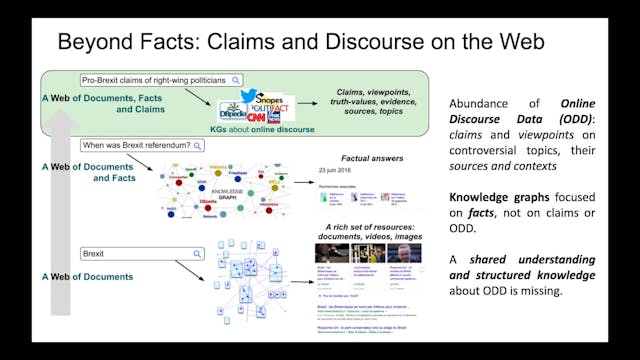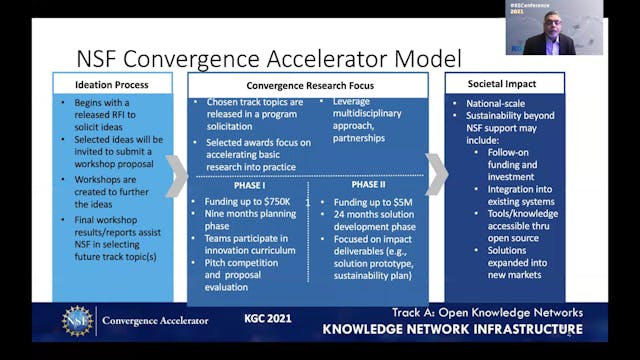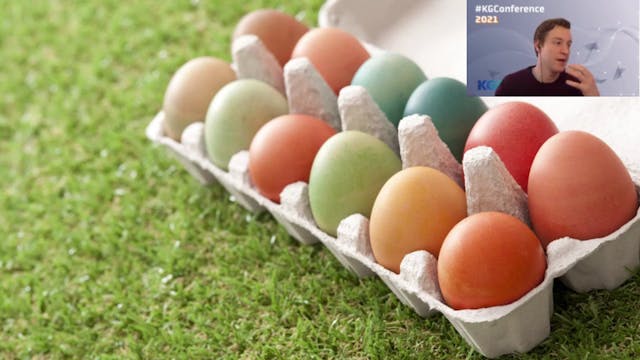Paolo Manghi | The OpenAIRE Research Graph: Science As A Public Good
KGC 2021
•
18m
The presentation will introduce the motivations, architecture, and operation of the OpenAIRE Research Graph (http://graph.openaire.eu), one of the largest (if not the largest) public, open access, collections of metadata and semantic links (~1Bi) between research-related entities: articles (124M+), datasets (14Mi+), software (200K+), and other research products (8Mi+) and entities like organizations, funders (~25), funding streams, projects (3.5Mi+), research communities (7), and data sources (14K+). The Graph delivers to researchers, funders, communities, publishers, citizens, and SMEs/enterprises an up-to-date, global map of science across countries and disciplines, which is open and transparent, to be used to boost science and innovation. Its metadata and links are either collected (“harvested”) from 14K+ data sources (e.g., institutional/data/software repositories, publishers, registries) or inferred via full-text mining an ever-increasing collection of articles, counting today 14Mi+ objects. Conceived as a public and transparent good, populated out of data sources trusted by scientists, the OpenAIRE Research Graph aims at bringing discovery, monitoring, and assessment of science back in the hands of the scientific community and society at large. The Graph can be freely accessed via the OpenAIRE EXPLORE portal (http://explore.openaire.eu) and CONNECT portals for communities (http://connect.openaire.eu), via the PROVIDE APIs (http://provide.openaire.eu), or via data dumps made available via a dedicated community in Zenodo.org (https://zenodo.org/communities/openaire-research-graph). Its APIs count today 2Bi accesses per year, via OpenAIRE portals and as third-party services requests. Scopus, ScieVal, AMC, Springer Nature, the EC Participant Portal rely today on the service, as well as researchers and other companies and scholarly services worldwide, such as institutional repositories, aggregators, etc.
Up Next in KGC 2021
-
Konstantin Todorov | Browsing The We...
How do falsehoods spread on the web? This and other questions related to the propagation of fake news and biased discourse in the public area have been drawing increasing interest in different communities from social sciences to artificial intelligence. Online discourse, i.e. claims and opinions ...
-
Chaitan Baru | Open Knowledge Network
The concept of an Open Knowledge Network (OKN) is one of the components of the National Science Foundation’s Harnessing the Data Revolution (HDR) Big Idea, with the objective of providing semantic information infrastructure. By encoding information and knowledge about real-world entities and thei...
-
Ben De Meester | PROV4ITDaTa: Flexibl...
Personal Knowledge Graph generation is no longer a cumbersome technical endeavor. PROV4ITDaTa is an MIT open source platform to provide a smooth user experience for generating knowledge graphs from your online web services, such as Google, Flickr, and Imgur, into your personal data space. This br...



